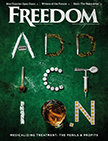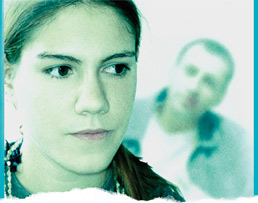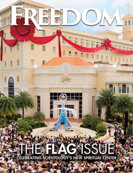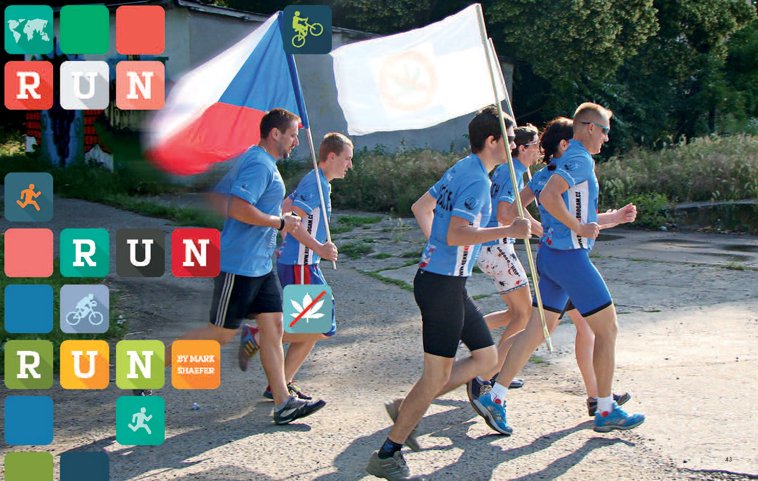
Run, Run, Run
Trace the map and just about every travel route will lead you here.
Whether you start from Southeast Asia, the Middle East, Western Africa or South America, all roads lead to the Czech Republic.
And if those start points sound familiar to you, you know these are not the routes that smiling families travel on their way to tourist destinations in Western Europe. They are the transit lines for the international drug trade.
The Czech Republic is both a crossroads and an end destination for tides of marijuana, hashish, methamphetamine, heroin, cocaine, amphetamines and other drugs that float down these channels and wash into Europe like the dead crossing the river Styx.

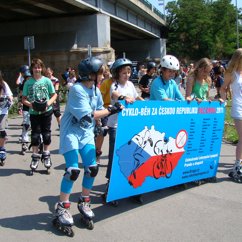
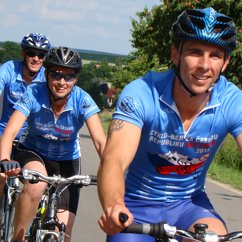
The Czech Republic’s drug crisis began shortly after that country shed communist rule to become a liberal democracy in 1993. The heady draft of freedom that came in the wake of independence proved to be a double-edged sword when it came to drugs.
Under Communist rule, drug laws were harsh and strictly enforced. In the new republic, drug use was redefined as a matter of personal freedom and individual prerogative. Parliament legalized the personal possession and use of “a small amount of drugs” while simultaneously outlawing production and distribution.
The idea? Allow individual users their drugs of choice but crack down on dealers and traffickers.
The result? Authorities no longer treated narcotics possession in small amounts as a criminal offense, but as a misdemeanor subject to a maximum fine of up to 15,000 Czech Republic koruna or 688 U.S. dollars.
The problem? No one defined what constituted a small amount of drugs, so it was virtually impossible to distinguish between dealers and casual users. The Czech drug trade exploded, with the small nation rapidly becoming a drug crossroads for Western Europe.
This resulted in the Czech Republic not only drowning in drugs, but taking the rest of Europe down with it. Approximately one-fifth of the drugs passing through Czech territory are consumed domestically. Out of a population of 10 million, up to 80,000 are suspected of being chronic drug users.
Marijuana, hashish, cocaine and heroin are common, but most prevalent is pervitin, a form of methamphetamine. The republic is the largest producer of pervitin on the continent. In 2008, the Huffington Post reported that of 483 meth labs in Europe, all but 26 of them were located in the Czech Republic.
In the face of such figures, hope for change has been as cheery as an HIV-infected needle. However, through a unique combination of drug education and marathon bicycle riding, one man found a way to fight the scourge.
In 2002, Vlastimil Spalek decided to take a personal stand to halt the spiraling drug epidemic in his country. As laws and attempts at enforcement had been ineffective, Spalek recognized the only real answer to the problem was effective drug education.
“As long as people think drugs are a matter of personal freedom and don’t see the harm in them, they are willing to try them,” he says. “And once they start using, they’re soon addicted.
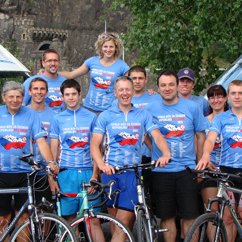
“It is not good enough just to tell young people—or anyone for that matter—not to get involved with drugs,” says Spalek. “You have to give them a way to get the facts themselves, come to their own conclusions, and make their own decisions about whether or not to get involved.”
The backbone of Spalek’s effort is the Truth About Drugs program, which uses hard-hitting audiovisual and printed educational materials to give young people unvarnished facts about drugs, without scare tactics. The program includes booklets that cover a dozen of the most commonly abused substances—marijuana, cocaine, prescriptions drugs, alcohol—and, most importantly, methamphetamine.
But how to get those messages through? A flash of inspiration brought the answer. Since his early days in school, Spalek had been an avid athlete, actively participating in track, marathons and other events. Why not use sports and athletics as a vehicle for his drug-free messages?
So it was that in 2003, Spalek and his team launched a national event called “Run for a Drug-Free Czech Republic.” Marathoners ran from city to city, distributing a Truth About Drugs information booklet entitled The Facts About Joints. As a result of the run, Spalek realized young people were hungry for honest information about the dangers of drugs, and so decided to expand the campaign’s reach by adding a second component—bicycle riders traveling together with the marathoners. Thus the first “Cyclorun” was born.
Launching in Prague, and coinciding with the United Nations International Day Against Drug Abuse and Illicit Trafficking, runners and riders visited villages, towns and cities throughout the country, covering approximately 800 miles over two weeks, bringing the Truth About Drugs campaign to people across the Czech Republic.
The Cyclorun also generated support among a network of mayors and other local officials, with many volunteering to sign the drug-free pledge.
Gaining broad agreement not to use drugs was only a first step. “I knew that if we were going to have an impact,” says Spalek,“we would have to reach as many young people as we could with education, before they decided to get involved with drugs.”
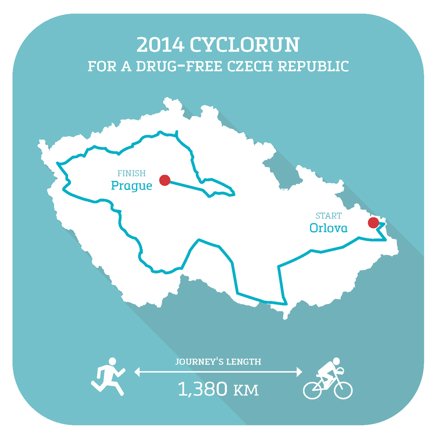
The next step was to get all of the materials of the program fully translated, including educator kits, drug education public service announcements and a feature-length documentary about the dangers of drug abuse that presents the stories of real people who destroyed their lives by using drugs. At the same time, Spalek and his team trained specialists to deliver the Truth About Drugs program in more than 500 schools across the nation, from elementary schools to dance academies.
“I knew it was going to be difficult,” says Spalek. “Drug use had become broadly accepted by nearly everyone in the country because people thought they should have the personal freedom to use or not use as they wanted. They completely discounted the damage that was happening all around them.”
Since then, the Cyclorun has followed the same pattern every year. Spalek and his team of Cyclorun athletes have continued to crisscross the Czech Republic, traveling more than 10,000 miles to hold events in schools, town squares and sports stadiums to distribute more than 800,000 copies of the Truth About Drugs materials and deliver their drug-free message. Schools and educational facilities throughout the country received copies of the drug prevention public service announcements, more than 8,000 in total.
Along the way, more than 700 mayors, town councilors and government officials endorsed the program, including the chairman of the Czech National Senate, who gave official government endorsement of the program.
Throughout the dozen years of the Cyclorun, media interest has remained high and ongoing coverage of the Truth About Drugs program has reached millions across the nation.
“With 12 years of hard work, we changed the attitude toward drugs in our country,” says Spalek. “And the same government representation that advocated liberalized drug laws now sees the importance of widespread drug education and supports our program. That is a significant change.”
Spalek’s efforts have resulted in more than just a change in the national mindset. Since the Cyclorun launched, drug usage rates across the Czech Republic have decreased.
“That’s what’s really important,” says Spalek. “When we started, I knew this program had the potential of saving countless lives. It has. And that’s why I’ve never given up my fight against drugs.”

